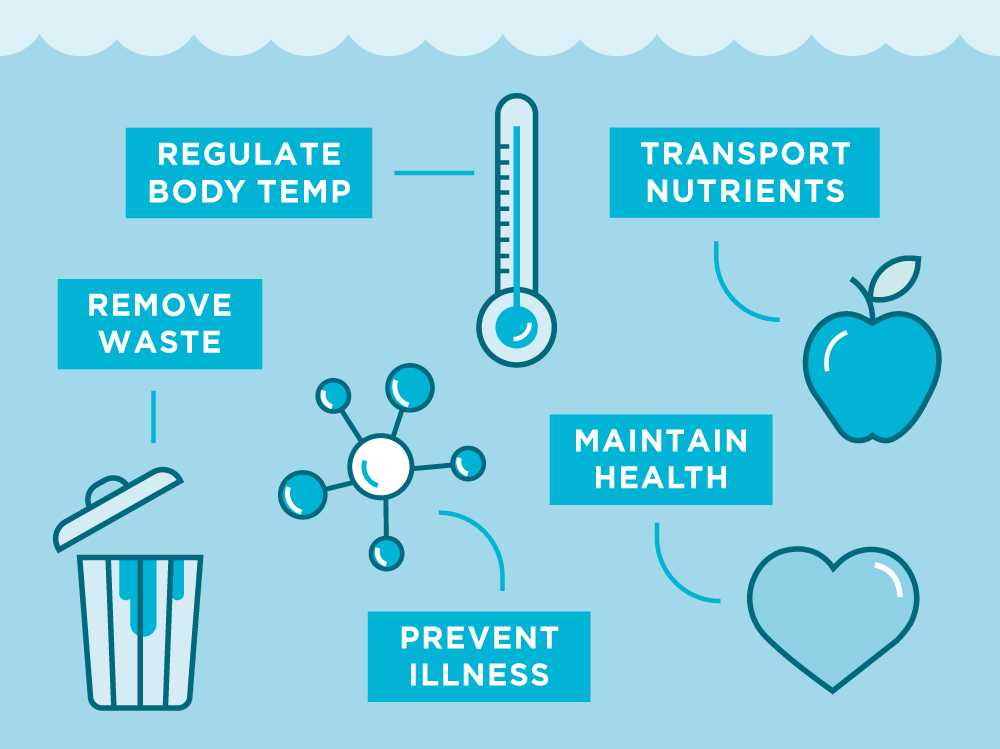The Ultimate Hydration Toolkit
7th March 2019
Here is a step by step guide to managing hydration in the workplace environment, especially in the care home setting. It is vital to provide good hydration practices wherever you are to provide the highest quality of life to all.
Why do you need water?

Water is essential for our need to stay hydrated, and healthy and need to consume up to 2 litres a day. By drinking enough water, you are looking after your mental and physical health, boosting performance levels and preventing the risk of illnesses that are associated with dehydration, including cognitive impairment, urinary infections and risk of hospitalisation.
Water regulates body temperature, helps transport nutrients and compounds in blood, and remove waste products that are passed in your urine, and act as a shock absorber in your joints. Drinking enough is vital for maintaining good health in the short term and long term and preventing serious illness, including kidney disease and chronic renal disease.
How much water do you need to drink each day?
The European Food Safety Authority (EFSA) recommends a daily intake of 2.5 litres of water for men and 2.0 litres of water for women. From this, 70-80% of the daily water intake should come from drinks and the remaining 20-30% should come from food.
Factors that determine how much water you need
- Environment. Temperature and weather conditions determine how much you drink, especially if humidity levels are high, as you are more likely to sweat, and will therefore need to consume higher levels of water.
- Levels of physical activity. If you engage in high levels of physical activity, you are more likely to consume more water, to replace the fluids you lose. You will also need to consume water before and after a workout session.
- Overall health and wellbeing. If you are suffering from an illness, such as a fever, then you may naturally lose more bodily fluids, as your body fights infection and bad toxins. Ensure you stay hydrated by drinking water regularly, even when you don’t feel thirsty.
Signs you are dehydrated
- Dryness of the mouth, lips and tongue.
- Dry inelastic skin and sunken eyes.
- Drowsiness, confusion and disorientation.
- Dizziness and low blood pressure.
- Change in the colour of urine – will be dark-coloured.
By monitoring the signs and symptoms of dehydration, you can act quickly and efficiently before the situation deteriorates, avoiding hospitalisation at all costs.
Common risk factors of dehydration
- Cognitive impairment and increased levels of confusion.
- Decreased thirst.
- Impaired functional status and assistance required for feeding.
- Acute illness, diarrhoea and vomiting.
- Increased risk of strokes, Parkinson’s disease, and risk of hospitalisation.
- Lower blood pressure, weakness, dizziness and increased risk of falls.
- More likely to develop pressure sore and skin conditions.
Here are some strategies for encouraging fluid consumption:
- Staff training to improve awareness and importance of good hydration practices.
- Offering fluids regularly throughout the day and prompting fluid intake
- Making liquids regularly available by providing reusable bottles that can be refilled and easy to use taps, or machines.
- Encourage the consumption of fluids with medication.
- Prescribe, safeguard and monitor the intake of 1.5 litres a day in every patient.
- Determine an individualised daily fluid intake goal.
To help better manage your water consumption levels, especially for your workplace environment, then consider investing in a water cooler or juice dispenser to eliminate the risk of dehydration.
The Hydration Calculator
Another way for you to determine how much water you need to intake, you can now check via a hydration calculator, all you need is information about your height, weight and age. See how much water you need to consume here.

